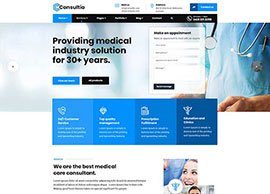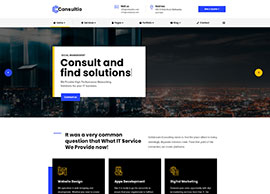If you’re self employed or a sole trader, chances are you either work from a) a cafe b) a shared working space c) at home d) quite a small office.
Sometimes work will require you, particularly in service-based industries, to cater for clients far larger than yourself, many of whom will want face-to-face meetings.
Claire Freshney, a UKBF member, found herself in this situation recently.
Her client wanted to come to her office for rather a long catch up of six hours. Of course, larger business clients have set hours and may not realise or recognise that you don’t have ample office space or that you operate to a more flexible schedule.
But if you find yourself faced with a similar predicament, here are five things you can do to mitigate it and bring the situation under control.
One: Set an agenda
As a business owner, your time is precious. An agenda will help both you and your client to get the most out of the meeting.
Ask the client for key areas they want to cover off and write up a suggested agenda. You might find tackling everything takes longer than they thought.
Two: Rent some meeting space
The obvious answer to those who work from home or a cafe is to rent some meeting space. If you’re on a real budget, a hotel foyer will do (just make sure and buy a coffee or tea).
But if you’ve got upwards of £10 per hour to spare, try out Zipcube. It’s pretty much the Airbnb of meeting rooms, so you’ll have plenty of choice.
There are other options, such as Workspace and Office Plan – but again, this all depends on how your budget works.
Three: Suggest a working lunch
If it’s going to be a long day, a working lunch might be a good idea to factor in. Suggest somewhere local, quiet and affordable (to help keep costs down if the bill falls on you).
Most large clients will be used to the idea of a working lunch; just don’t get it drag on if you have other work in the afternoon!
Four: Be honest!
When agreeing to or discussing a potential meeting with a client in your offices or a nearby space, be honest about your needs and requirements.
It’s very hard to say no to a paying client – particularly a high paying one – but they simply may not be aware of your working hours and conditions.
Perhaps you can come to an alternative arrangement. By letting them know you have no fixed office or it’s too small, they might suggest a video call or you coming to them (chances are, if they’re large, they’ll have ample meeting space in-office).
This might sound like a pain – travel costs and a day out – but it’s one alternative. And it might be a nice break from the norm.
Five: Set the boundaries
So many small businesses struggle with having a decent work-life balance, and with the above, saying ‘no’ to well-paying clients.
But it pays to have boundaries, both for your sanity’s sake and your client will respect you more. It also means when you do have the capacity to go above and beyond, it will feel like a value add to the client.
If you let a certain type of behaviour continue, it will continue. Practice answering your phone and answering email only between certain times, making your office hours known and compromising on unreasonable requests (i.e. six hours’ meeting in your office).
Saying no doesn’t have to be terrifying. We read quite an informative piece on how to say no which is worth a look if you’re not convinced.





































